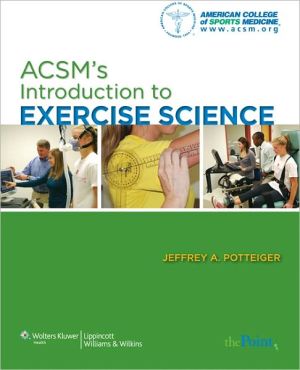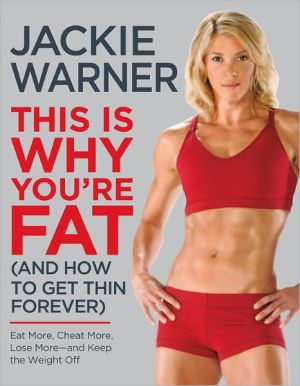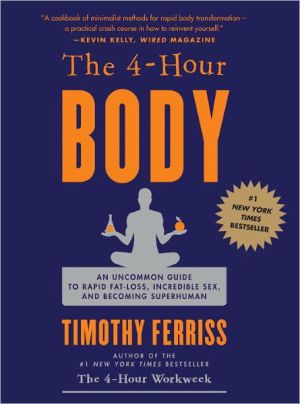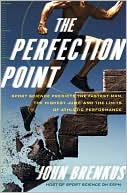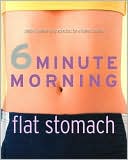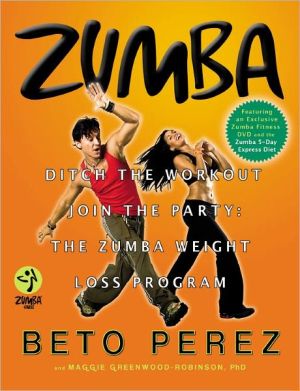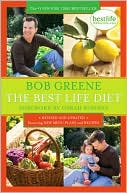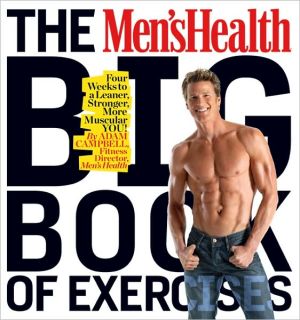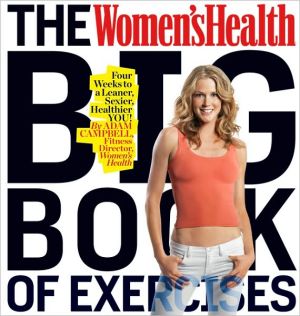ACSM's Introduction to Exercise Science
Developed by the American College of Sports Medicine for undergraduate students, this introduction offers you the essential foundation needed for advancing your studies in exercise science and related areas such as athletic training and sports medicine. The text shows how exercise science principles are applied in practice so that you can learn to help people optimize their health and athletic performance. All the core disciplines of exercise science are covered, including biomechanics,...
Search in google:
Developed by the American College of Sports Medicine for undergraduate students, this introduction offers the essential foundation students need for advancing their studies in exercise science and related areas such as athletic training and sports medicine. The text shows how exercise science principles are applied in practice so that students can learn to help people optimize their health and athletic performance. All the core disciplines of exercise science are covered, including biomechanics, exercise physiology, sports psychology, motor control and learning, nutrition, and sports injury.
Preface ivAcknowledgments viReviewers viiChapter 1 Introduction to Exercise Science 1What is Exercise Science? 6Historic Development of Exercise Science 9Exercise Science and the American College of Sports Medicine 15Academic Preparation in Exercise Science 19Research in Exercise Science 26Chapter 2 Exercise Science: a Systems Approach 37Nervous System 38Muscular System 42Skeletal System 46Cardiovascular System 49Pulmonary System 52Urinary System 54Digestive System 57Endocrine System 61Immune System 65Energy Systems 68Chapter 3 Exercise Physiology 76Historic Development of Exercise Physiology 78The Basis of Study in Exercise Physiology 81Areas of Study in Exercise Physiology 84Other Areas of Study 106Chapter 4 Clinical Exercise Physiology 113History of Clinical Exercise Physiology 114Duties and Responsibilities 117Specific Disease Conditions 130Chapter 5 Athletic Training and Sports Medicine 148Historic Development of Athletic Training and Sports Medicine 151Primary Responsibility Areas of Athletic Training Professionals 156Sports Medicine 167Current Issues in Athletic Training and Sports Medicine 172Chapter 6 Exercise and Sport Nutrition 182History of Nutrition 185Basic Nutrients 191Measuring Nutritional Intake 196Nutrition for Health 199Nutrition for Sport and Athletic Performance 203Chapter 7 Exercise and Sport Psychology 218History of Exercise and Sports Psychology 221Study of the Mind and Body 225Exercise and Mental Health 236Exercise Behavior 240Chapter 8 Motor Behavior 250Brief History of Motor Behavior 252Motor Development 257Motor Learning 262Motor Control 272Areas of Motor Behavior Application 277Chapter 9 Clinical and Sport Biomechanics 286History of Biomechanics 288Study of Biomechanics 291Basic Concepts Related to Kinetics 298Areas of Study in Biomechanics 302Advanced Biomechanical Concepts 309Chapter 10 Equipment and Assessment in Exercise Science 317Pretesting Guidelines and Procedures 318Cardiovascular and Pulmonary Function Assessment 321Musculoskeletal Function Assessment 330Energy Balance Assessment 336Measuring Body Composition 340Blood Collection and Analysis 344Rehabilitation Assessment and Equipment 347Motor Performance 349Behavioral and Psychological Assessments 353Chapter 11 Careers and Professional Issues in Exercise Science 357Certification, Licensure, and Registration 359Career Employment and Professional Opportunities 363Professional Organizations in Exercise Science 373Professional Organizations Related to Exercise Science 380US Government Agencies with an Interest in Exercise Science 381Additional Organizations and Agencies in Exercise Science 387Chapter 12 Exercise Science in the Twenty-First Century 390Exercise Science and Health 391Epidemiology and Health Promotion 392Using Past Information to Improve Future Health 399What will the Future Bring? 400Exercise Science and Sport and Athletic Competition 404What will the Future Bring? 405Index 413
\ Doody ReviewsReviewer: Tamerah N. Hunt, PhD (The Ohio State University Medical Center) \ Description: This introductory book provides a very broad review of exercise science and pertinent information for those learning to work in fields related to exercise science. It is easy to read and provides supportive research, tables, and figures to clarify the material and help readers assimilate the information.\ Purpose: This is an overview of the components important for developing a solid understanding and appreciation of all aspects of exercise science. Unfortunately, this goal is not a novel one, and the book is similar to others on the market.\ Audience: It is written for first-year students interested in learning more about exercise science, which becomes evident in the writing style and content. The author is well published in exercise science and brings a level of experience in the profession that students can appreciate. \ Features: The book provides basic information about the effect of exercise on body systems, professional attainment following a degree in exercise science, and historical perspectives of exercise science and related professions. It includes personal interviews from individuals practicing in the field and critical thinking skills for first-year students learning about the field. However, the book is limited to dated information and techniques. Further, the figures and tables are monochromatic and, at times, the chapters do now flow well.\ Assessment: While this book uses some novel techniques that enhance the ease of reading and support working in the field, it appears to duplicate information in other currently available books (Exploring Exercise Science , Wilson (McGraw-Hill, 2009); Introduction to Exercise Science , 3rd edition, Housh (Holcomb Hathaway, 2007) etc.).\ \ \ \ \ From The CriticsReviewer: Tamerah N. Hunt, PhD(The Ohio State University Medical Center)\ Description: This introductory book provides a very broad review of exercise science and pertinent information for those learning to work in fields related to exercise science. It is easy to read and provides supportive research, tables, and figures to clarify the material and help readers assimilate the information.\ Purpose: This is an overview of the components important for developing a solid understanding and appreciation of all aspects of exercise science. Unfortunately, this goal is not a novel one, and the book is similar to others on the market.\ Audience: It is written for first-year students interested in learning more about exercise science, which becomes evident in the writing style and content. The author is well published in exercise science and brings a level of experience in the profession that students can appreciate. \ Features: The book provides basic information about the effect of exercise on body systems, professional attainment following a degree in exercise science, and historical perspectives of exercise science and related professions. It includes personal interviews from individuals practicing in the field and critical thinking skills for first-year students learning about the field. However, the book is limited to dated information and techniques. Further, the figures and tables are monochromatic and, at times, the chapters do now flow well.\ Assessment: While this book uses some novel techniques that enhance the ease of reading and support working in the field, it appears to duplicate information in other currently available books (Exploring Exercise Science, Wilson (McGraw-Hill, 2009); Introduction to Exercise Science, 3rd edition, Housh (Holcomb Hathaway, 2007) etc.).\ \
